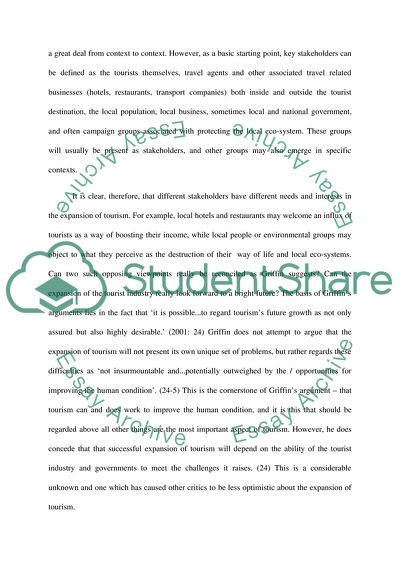Cite this document
(Challenges Of Tourism Development Research Paper, n.d.)
Challenges Of Tourism Development Research Paper. Retrieved from https://studentshare.org/tourism/1731967-sustainable-tourism-report
Challenges Of Tourism Development Research Paper. Retrieved from https://studentshare.org/tourism/1731967-sustainable-tourism-report
(Challenges Of Tourism Development Research Paper)
Challenges Of Tourism Development Research Paper. https://studentshare.org/tourism/1731967-sustainable-tourism-report.
Challenges Of Tourism Development Research Paper. https://studentshare.org/tourism/1731967-sustainable-tourism-report.
“Challenges Of Tourism Development Research Paper”, n.d. https://studentshare.org/tourism/1731967-sustainable-tourism-report.


